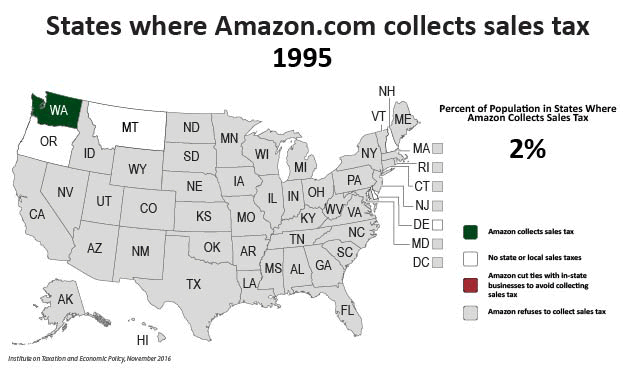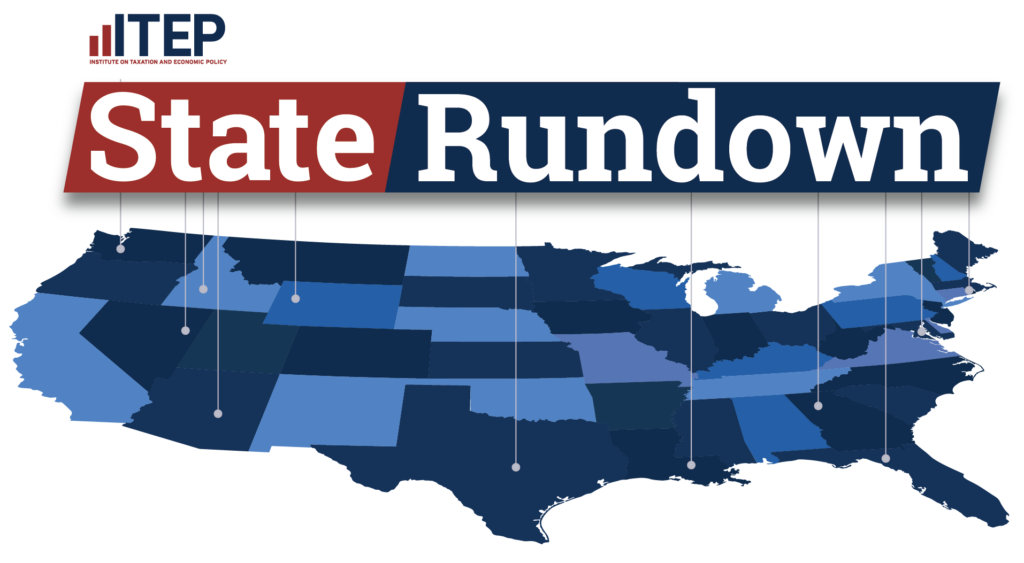For decades, Amazon.com helped its customers dodge the sales taxes they owed to gain an advantage over its competitors. But as the company’s business strategy has changed, so has its tax collection. As recently as 2011, the nation’s largest e-retailer was collecting sales tax in just 5 states, home to 11 percent of the country’s population. Starting next month, when the company begins collection in Hawaii, Idaho, Maine, and New Mexico, it will officially collect every state-level sales tax in the nation on its direct sales.

Despite this progress, the company’s sales tax collection practices are still not comprehensive. It appears that Amazon is not collecting some local-level sales taxes in states such as Alaska, for instance. And Amazon refuses to require sales tax collection by many third-party sellers using its website, meaning that companies with names such as “Buy Tax Free” are using Amazon.com as a way to allow their customers to evade their sales tax responsibilities. Notably, New York Gov. Andrew Cuomo has proposed fixing this problem by requiring “marketplaces” with more than $100 million in annual sales to collect sales taxes on sales made by third-party retailers.
But despite its shortcomings, this expansion in Amazon’s tax collection practices represents a step forward for rational sales tax policy. It is therefore worth taking a look at the variety of factors that led to this reversal.
First, and perhaps most important, is that Amazon’s effort to shorten delivery times caused it to open distribution centers around the country. Whenever a retailer establishes a physical presence in a state, it comes within reach of that state’s sales tax collection laws.
Second, state lawmakers have become increasingly frustrated by the sales tax revenue gap created by e-retail and some have taken matters into their own hands by enacting laws expanding their sales tax collection requirements. The U.S. Supreme Court has placed limits on states’ authority in this area, but creative lawmakers have found ways to encourage some e-retailers to collect nonetheless.
Third and finally, it appears that Amazon’s pivot away from facilitating sales tax evasion may be helpful in building goodwill with lawmakers from whom it is asking for subsidies. Good Jobs First estimates that Amazon could soon surpass Wal-Mart as the largest retail-sector recipient of state and local government aid, meaning that it would have received over $1.2 billion in public subsidies.
While the nature of the debate surrounding Amazon and state and local tax policy may be changing, it’s certainly not coming to an end.




